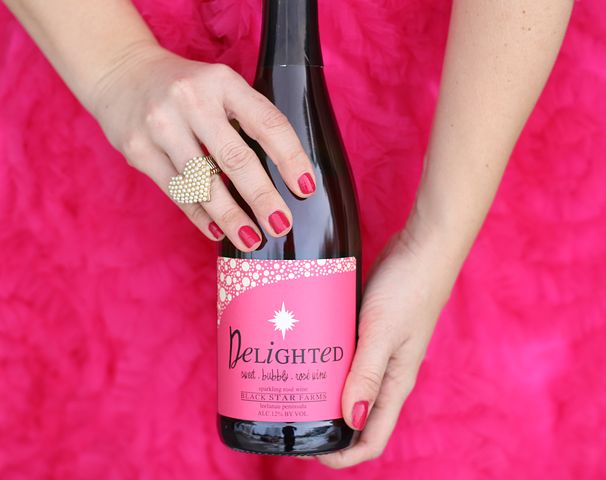
We have a convenient excuse for you to drink wine in the middle of the week — not that you needed an excuse — Wednesday, May 25 is National Wine Day. Hold on, the best part is that while you’re doing it, you can also support Colorado’s wine industry.
In 2021, each American drank, on average, about 3.18 gallons of wine.All together, these gallons of wine nationally totaled 1.1 billion gallons of wine, of which 879 million gallons were table wine, according to the Wine Institute.
A different study in 2019, the last “normal year” before the pandemic, found that per capita wine consumption in Colorado was .47 gallons per person, according to an NIH study.
The Top 10 states for per capita wine consumption were:
1. District of Columbia, 1.01 gallons per capita.
2. New Hampshire, 0.82 gallon per capita.
3. Vermont, 0.75 gallon per capita.
4. Delaware, 0.71 gallon per capita.
5. (Tie) California and Massachusetts, 0.61 gallon per capita.
7. (Tie) Connecticut and Nevada, 0.60 gallon per capita.
9. Hawaii, 0.59 per capita.
10. New Jersey, 0.55 per capita.
Alcohol consumption in general appears to have gone up during the pandemic, according to a preliminary report from the National Institutes of Health, whether because of the increased stress of isolation, the easy availability of alcohol either from at-home liquor cabinets and wine cellars or from delivery services, and boredom.
The wine industry is responding to changes wrought by the COVID-19, according to the State of the US Wine Industry 2022 report written by Rob McMillan, founder of Silicon Valley Bank’s Wine Division.
Those changes included a shift to remote workplaces and a migration from cities to suburbs, and a resulting shift to where consumers buy their wine.
“The country will more than likely never fully go back to the traditional office or completely recover the amount of business travel, which impacts both restaurant and airline wine sales,” McMillan wrote. “There have also been enduring changes to online sales, with more consumers using online as an option to purchase virtually anything instead of walking into a shop in a metropolitan city.”
If you want to do your part to reverse that trend, the Colorado Association for Viticulture and Enology offers memberships with perks as well as a directory to help you know where to go to support local wine.
Colorado is known for Merlot and Riesling, among other varieties.
The Centennial State, famous for its expansive land, unsurprisingly uses quite a bit of that land to grow grapes for wine. According to Wine Folly, a 2015 CSU Agricultural Sciences survey found that Colorado has over 600 acres of wine grapes.
Drinking wine in moderation, especially red wine, can produce positive health results, according to medical experts.
In moderation, wine may be heart-healthy. Although the links between red wine and fewer heart attacks isn’t completely understood, the polyphenol antioxidant called resveratrol may help prevent coronary artery disease, the condition that leads to heart attacks, according to Mayo Clinic.
The antioxidants in wine may prevent oral cancer, according to a study from the University of Missouri School of Dentistry.
Another study, published in the American Journal of Epidemiology in April 2000, found that women who drank one to three glasses of wine a day had a lower risk of developing osteoporosis, an age-related bone thinning related to calcium loss.
Yet another study, published in the American Journal of Clinical Nutrition, made a similar conclusion, finding that mineral density was 12 percent to 16 percent among moderate wine and beer drinkers compared with nondrinkers. However, hard liquor seemed to have the opposite effect.
The health benefits of white wine are similar to those of red wine. It contains the same heart-health antioxidants as red wine and is generally lower in calories.
In fact, a glass of wine may help with weight loss, according to scientists at the University of Washington, who found the same antioxidants in grapes and berries that assist with heart health can convert excess white fat into calorie-burning beige fat.
Be the first to comment